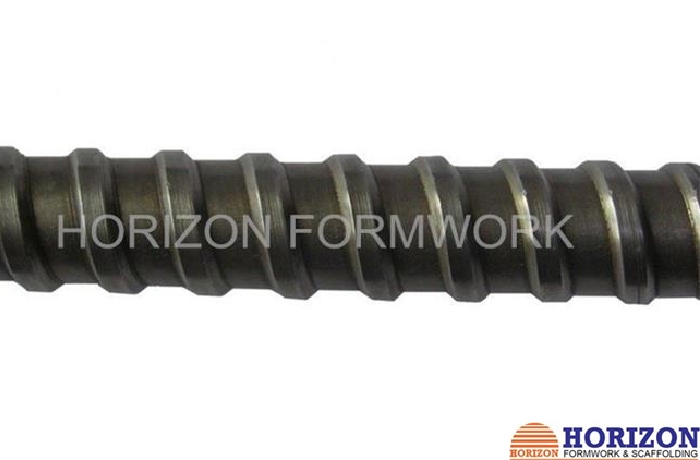Aug . 21, 2024 01:19 Back to list
Steel Scaffolding and Formwork Manufacturing Solutions for Construction Projects
The Steel Scaffolding and Formwork Factory A Pillar of Modern Construction
In the ever-evolving world of construction, the demand for robust and reliable materials is paramount. Steel scaffolding and formwork have emerged as indispensable elements in ensuring the integrity, safety, and efficiency of building projects. As the lifeblood of modern construction sites, factories specializing in steel scaffolding and formwork play a crucial role in shaping the skyline of our cities. This article delves into the significance of these factories, their production processes, and their impact on the construction industry.
The Importance of Steel Scaffolding
Steel scaffolding provides temporary structures that support workers and materials during construction and maintenance tasks. Its strength and durability make it a preferred choice over traditional wooden scaffolding. Steel scaffolding is designed to bear heavy loads and withstand harsh environmental conditions, making it a reliable choice for both small-scale projects and large construction sites.
The factory specialized in producing steel scaffolding typically employs advanced engineering techniques and high-quality materials to ensure that its products meet safety standards. The processes involved in manufacturing scaffolding include cutting, welding, and galvanizing steel components to enhance corrosion resistance. This meticulous craftsmanship guarantees that the scaffolding can endure extensive use without compromising safety or performance.
The Role of Formwork in Construction
steel scaffolding formwork factory

Formwork, on the other hand, refers to the temporary molds used to shape and support concrete until it sets. It is vital for casting walls, floors, and other structural elements. The design, fabrication, and installation of formwork require precision and innovation. A steel formwork factory uses advanced techniques to create reusable molds that can be adapted to various architectural designs.
Steel formwork systems are favored for their strength, reusable nature, and ease of assembly. These systems significantly reduce the time needed for construction, as they can be quickly set up and taken down, and they provide a smoother finish to the concrete. Factories producing formwork often incorporate technology such as computer-aided design (CAD) to optimize their products, ensuring that they meet the specific needs of construction projects.
Environmental Considerations
As the construction industry faces increasing scrutiny over its environmental impact, steel scaffolding and formwork factories are rising to the challenge. Many factories are adopting sustainable practices, such as using recycled steel and minimizing waste during production. The durability of steel means that scaffolding and formwork can be reused for multiple projects, significantly reducing the demand for new materials and lowering the carbon footprint associated with production.
Conclusion
The steel scaffolding and formwork factory stands as a testament to the advancements in the construction industry. By prioritizing safety, efficiency, and environmental responsibility, these factories are not only helping to build our cities but are also paving the way for a more sustainable future. As urbanization continues to rise globally, the significance of reliable scaffolding and formwork cannot be overstated. They are essential to creating safe working environments and ensuring that construction projects are completed on time and within budget. The evolution of these factories reflects the ongoing innovation within the construction sector, heralding a new era of building that prioritizes safety, efficiency, and sustainability.
-
High-Quality U Head Jack Scaffolding – Reliable Scaffolding Jack Head Manufacturer & Factory
NewsJul.08,2025
-
High-Quality I Beam H20 Leading Timber Beam H20 Material Factory, Exporters & Manufacturers
NewsJul.08,2025
-
High-Quality Powder Coating Steel Formwork - Durable & Corrosion Resistant Solutions
NewsJul.07,2025
-
Inclined Column Formwork Supplier – Durable & Precise Solutions for Unique Structures
NewsJul.07,2025
-
High-Quality Water Stop Solutions Trusted Water Stop Company & Suppliers
NewsJul.07,2025
-
High-Quality Formwork Material Supplier Reliable Manufacturer & Factory Solutions
NewsJul.06,2025